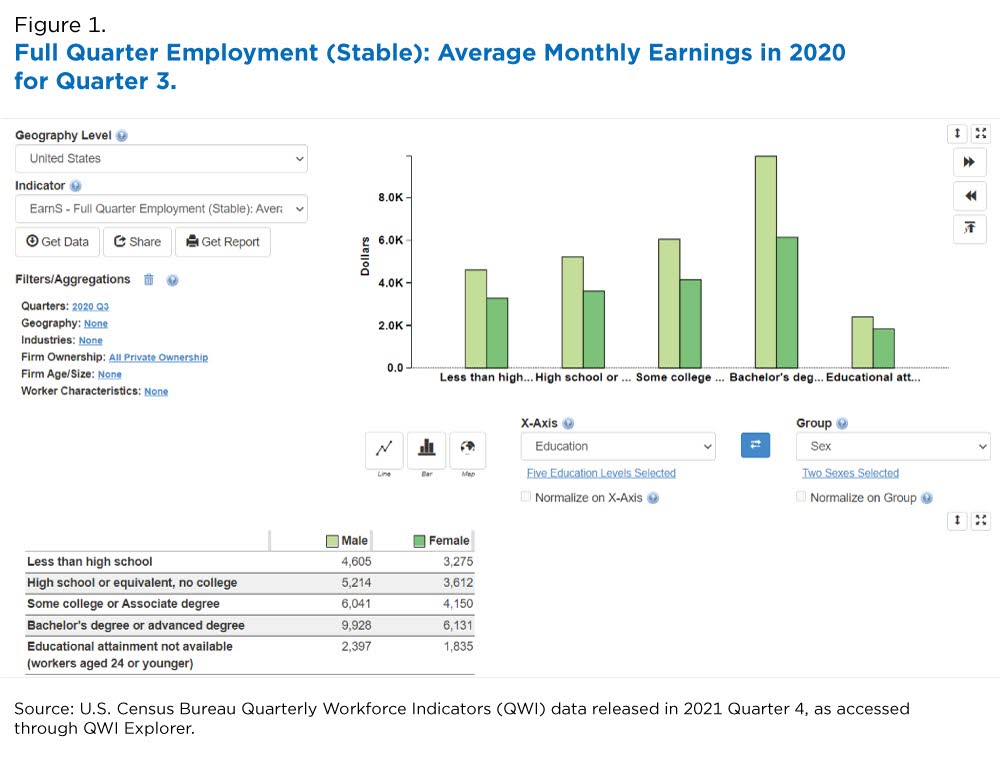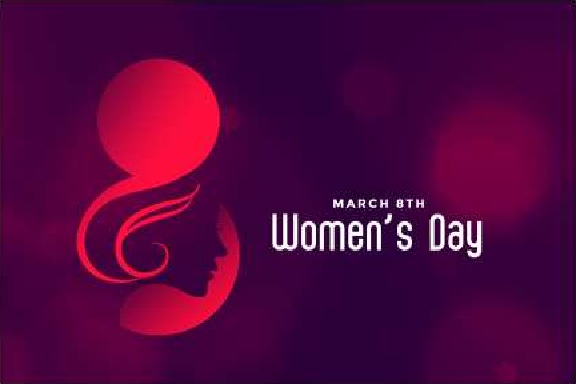History of International Women's Day
Origins of International Women's Day
**International Women's Day** began in the early 1900s, advocating for women's rights, suffrage, and labor rights. The first observance occurred in 1911, inspired by women's movements and labor strikes worldwide. Over time, it evolved into a global celebration of women's achievements, challenges, and progress towards gender equality.
Significance of March 8th
**March 8th** became the official date for International Women's Day in 1917. It symbolizes solidarity among women and their ongoing fight for equality in society, politics, and the workplace. This day serves as a reminder of the barriers women have overcome and those still to be dismantled, promoting unity and activism for a more inclusive world.
Theme of International Women's Day 2022
Theme: Gender Equality Today for a Sustainable Tomorrow
International Women's Day unveils its theme “Gender Equality Today for a Sustainable Tomorrow” for 2022. Prioritizing equality paves the way for a better future, fostering sustainability in all aspects of life. Recognizing the urgency of gender parity, this theme amplifies the need for collective efforts towards a more balanced and lasting world.
Importance of the chosen theme
By highlighting “Gender Equality Today for a Sustainable Tomorrow,” International Women's Day emphasizes the immediate relevance of promoting gender inclusivity. This theme underscores the crucial role of gender equality in ensuring a sustainable and prosperous future for all. It calls for actionable steps and continuous advocacy to address existing disparities and build a more just society.
Achievements of Women's Rights Movement
Milestones in women's rights
Women's rights movement has marked significant milestones, from suffrage to reproductive rights, shaping a more equitable society. Through grassroots activism and legal reform, women have gained crucial rights and recognition in various spheres. These achievements reflect the persistent efforts to challenge patriarchal norms and secure gender equality.
Impact of International Women's Day on the movement
International Women's Day serves as a catalyst for global awareness and action towards gender equality. It amplifies women's voices, mobilizes advocacy, and sparks conversations on crucial issues. The movement's visibility on this day fosters solidarity and empowers individuals to drive change, contributing to ongoing progress in women's rights worldwide.

Celebrating Women Around the World
Stories of inspiring women
Women's rights movement has achieved significant milestones, from suffrage to reproductive rights, advancing towards gender equality. Grassroots activism and legal reforms have been instrumental in securing women's rights. These efforts challenge societal norms and emphasize the importance of gender equality.
Events and activities to honor women
International Women's Day drives global awareness and action for gender equality, amplifying women's voices and mobilizing advocacy. The movement's visibility on this day fosters solidarity and empowers individuals to push for change, contributing to ongoing progress in women's rights worldwide.

Gender Pay Gap and Equal Opportunities
Statistics on the gender pay gap
The gender pay gap persists globally, with women earning less than men for similar work. Studies show disparities in wages, promotions, and representation in leadership roles. Addressing this issue requires data-driven policies and organizational transparency to bridge this gap and ensure fair compensation for all employees.
Initiatives for promoting equal opportunities
Organizations are implementing diversity and inclusion programs to create a level playing field for employees. These initiatives focus on recruitment practices, mentorship programs, and training to support career advancement for women. By promoting equal opportunities, companies foster a more inclusive and diverse workforce, driving innovation and sustainable growth.

Women in Leadership Roles
Progress in women's representation in leadership
Progress is being made in increasing women's representation in leadership positions. Organizations are recognizing the value of diverse leadership teams and are actively promoting women into higher roles. Efforts to remove barriers and biases are contributing to a more balanced representation in leadership positions.
Challenges faced by women leaders
Women leaders still encounter challenges such as stereotypes, limited access to networks, and balancing work-life commitments. Overcoming these obstacles requires ongoing support, mentorship, and advocacy to empower women in leadership roles and create a more inclusive and supportive environment.

Empowering Women in Education and Workforce
Importance of education for women
Progress is being made in increasing women's representation in leadership positions. Organizations are recognizing the value of diverse leadership teams and are actively promoting women into higher roles. Efforts to remove barriers and biases are contributing to a more balanced representation in leadership positions.
Promoting gender diversity in the workforce
Women leaders still encounter challenges such as stereotypes, limited access to networks, and balancing work-life commitments. Overcoming these obstacles requires ongoing support, mentorship, and advocacy to empower women in leadership roles and create a more inclusive and supportive environment.

Empowering Women in Education and Workforce
Importance of education for women
Progress is being made in increasing women's representation in leadership positions. Organizations recognize the value of diverse teams and promote women into higher roles to achieve balanced representation.
Promoting gender diversity in the workforce
Despite challenges, efforts continue to support women in leadership through mentorship and advocacy for a more inclusive environment.

